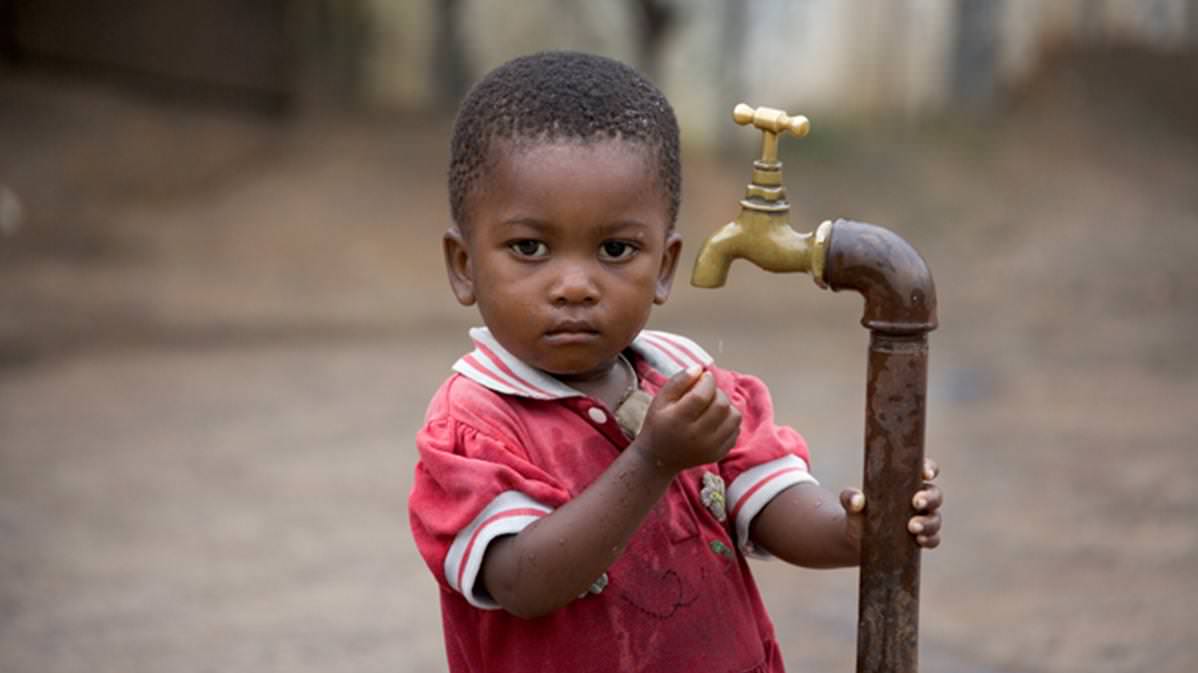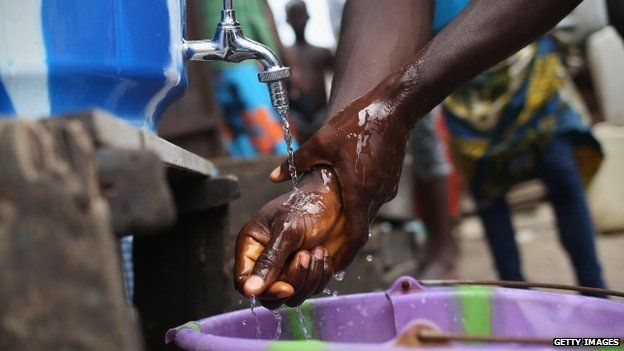Topic 2: Unsafe drinking-water
"SDG target 6.1 calls for achieving universal and equitable access to safe and affordable drinking water for all. The indicator used to measure progress is the percentage of the population using safely managed drinking water services. In order to meet the criteria for a safely managed drinking water service, people must use an improved source meeting three criteria: it should be accessible on premises water should be available when needed the water supplied should be free from contamination. If the improved source does not meet any one of these criteria but a round trip to collect water takes 30 minutes or less, then it will be classified as a basic drinking water service. If water collection from an improved source exceeds 30 minutes it will be categorised as a limited service."
The current world distribution is mainly divided in countries with an high quality of water sources, corresponding roughly with highly developed countries, and countries with low quality water sources corresponding mainly with third world countries. The JMP 2017 update estimated that in 2015, 29% of the global population (2.1 billion people) lacked “safely managed drinking water”– meaning water at home, available, and safe. An additional 4.4 billion had a basic water service, but outside the home, not always available, or unsafe. The remaining 0.8 billion either had to walk more than 30 min to collect water from outside the home, used unprotected water sources, or took untreated water from rivers or lakes – sources likely to be contaminated.

Water safety and quality are fundamental to human development and well-being . Providing access to safe water is one of the most effective instruments in promoting health and reducing poverty . Globally, nearly two billion people use either unimproved drinking-water sources or improved sources that are faecally-contaminated. Over half a million diarrhoeal deaths in low- and middle-income countries are attributed to inadequate drinking-water, and the vast majority of these deaths occur among children under 5 . 71% is the proportion of the global population using a safely managed drinking-water service. 2 billion is the number of people worldwide that use a drinking-water source contaminated with faeces . Regulation aimed at ensuring the safety of drinking-water is a powerful tool to protect public health in developed and developing countries alike. .

